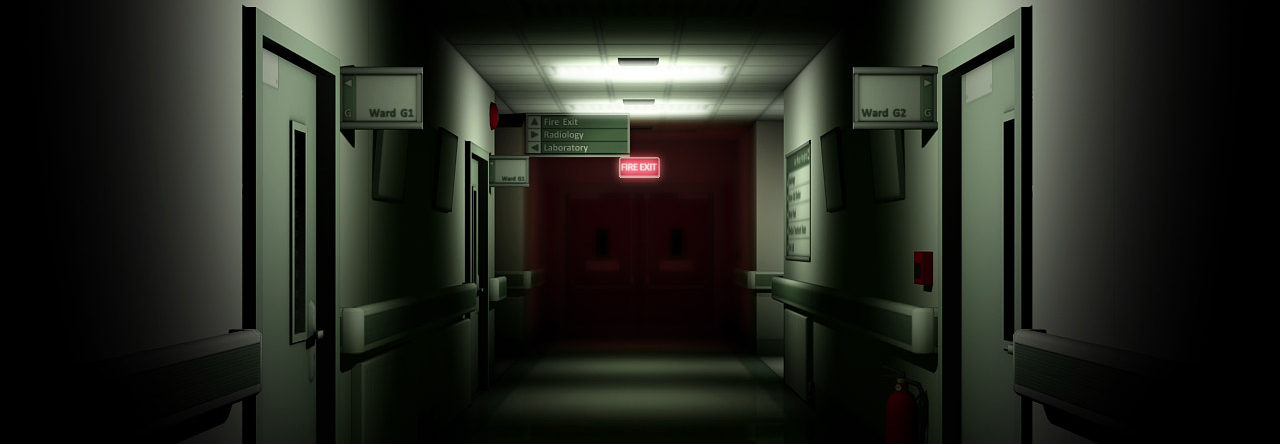
Or why everyone relapses
As always, a patient presents to the ER with a dependence on prescription drugs. In the workup of the patient, I found the usual pattern with opiate prescribing. Use over time creates tolerance and starts an increased need for medication. In the current prescribing climate, we want the person to get less, not more opiates, so issues develop when the tolerance hits the point that the existing dosage doesn’t cover the pain.
As a note here, realize that to be on a long-term narcotics prescription people are correctly vetted for need and carefully monitored. Realize that periodically, pills are counted, urine tested, and a database is checked to see if patients are getting prescriptions from anyone other than the provider who deals with the patient’s long-term opiates.
Well, the person had been “cheating” with a friend. A few pills and nothing too bad. Believe me, I had someone completely high on Meth and PCP running around the hospital and clinics naked for 3 hours so, yeah, this was almost a boring assessment, until the wife says he should be inpatient and become “medically detoxed”. When I asked her what she meant, she said he should stay inpatient until he had all the opiates out of his system. Of course, I got the “Nursie look” as I have been told. I asked her what she expected us to do about his pain or long-term maintenance and all I could hear is the machine that goes “ping” in the next room.
This country has a fetish with abstinence. It is enough that often I just want to slap the crap out of people. Look it doesn’t work the way we think…oh just don’t do it, wash our hands, all better. This abstinence approach has a success rate, between 8% and 12%. Seriously? The nearest scholars can figure is a relapse rate of 75% in the first year. This data is based on alcoholics, but the narcotics rates are similar. It is based off a 12-step principle discovered in 1935. From Addiction Centers
Step 1: admit powerless over alcohol
Step 2: accept that a higher power, in whatever form, will restore your sanity
Step 3: make a decision to turn your will and life over to a higher power
Step 4: take a moral inventory of yourself
Step 5: admit to a higher power, another human, and yourself the nature of your wrongdoings
Step 6: accept that a higher power will remove your character defects
Step 7: humbly request the higher power remove your shortcomings
Step 8: list people you hurt during your addiction and be willing to make amends
Step 9: make amends to those people unless it would harm them
Step 10: continue to take a personal inventory, and when you’re wrong, admit it
Step 11: use prayer and meditation to connect with the higher power
Step 12: carry the message of AA to other alcoholics and continue to practice the principles of the 12 steps in your daily life2
AA and NA members swear this works. The jury is truly out on whether this is the best way. Personally, to deal with an addiction you need to do something that works for you. In the case of opiates, the success rate at one year is right around 50% instead of the dismal 12%. Now, I know I will get screaming messages about how a person was successful on AA or NA…blah blah blah. If they did, I am happy, and this modality was the right treatment program for them. Nursie feels it has less to do with personal responsibility and more about religion. It essentially tells me that you need to “get to church”.
So, back to the wife that “knew” everything. Unless someone has ridden in the addiction rodeo before, please don’t tell me what will be the best course of action. Remember we are dealing with someone in pain. So, I discussed the assessment process and the fact that he would come home that day, most likely. He would also, most likely, do outpatient therapy, and medication-assisted therapy (MAT or ORT) because of the higher success rate. He needs to be clean, but why more drugs (that are narcotics)? Well first off Karen, the drug we give him called suboxone has a component that reverses certain opiate effects. If he takes opiates while taking it, it will negate the effect (oversimplified). He will be dispensed this until he is deemed reliable to do this on his own. The nice thing is that there is a benefit of pain management from the buprenorphine. Remember, the patient still has chronic pain. After almost an hour, I think she got the picture.
Look, Karen, just because you read about NA or AA once, listened to Nancy Reagan, or your Bishop does not make you an expert on how to be successful in rehab. Spending an hour educating you is my job, but once again shithouse medicine was my competition. Do you know how annoying that is at 0320? Nothing better than a poorly prepared person telling me how it should work. Like the commercial, it doesn’t work that way, it’s never worked that way. Addiction is serious shit with lots of pitfalls and needs a soft touch and direct approach to get right. Go home and clutch your pearls, Karen, we’ll call when we figure out the best way to help your husband if you love abstaining? Please abstain from practicing medicine.

